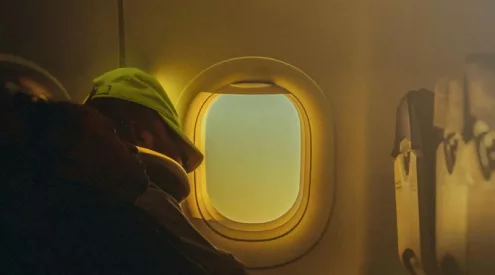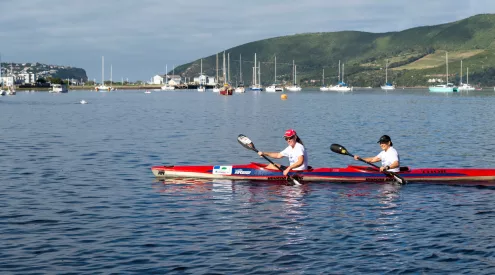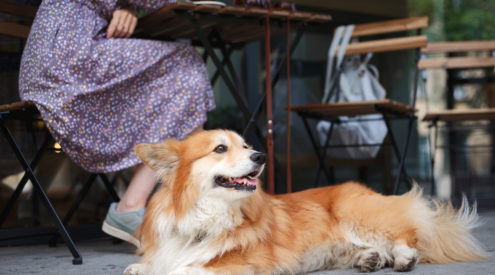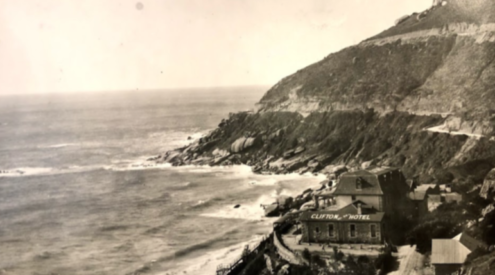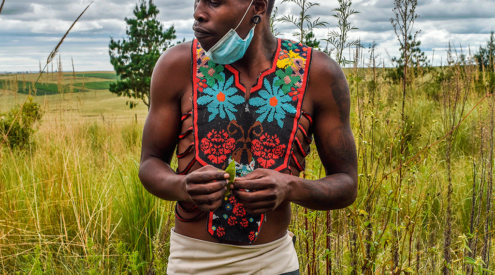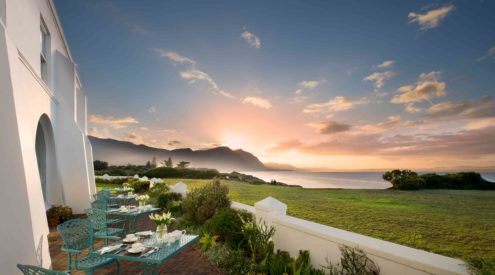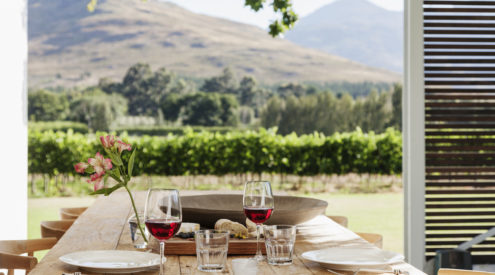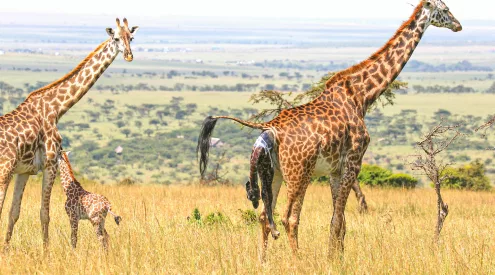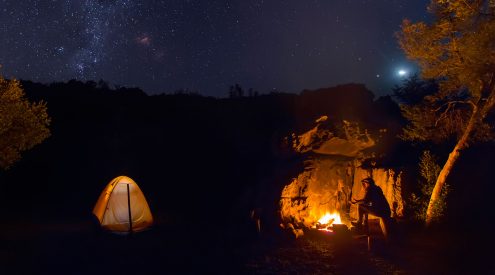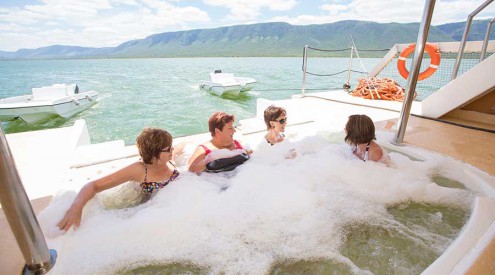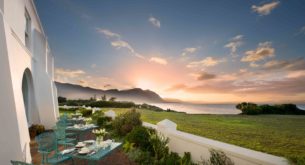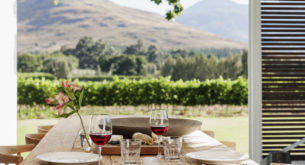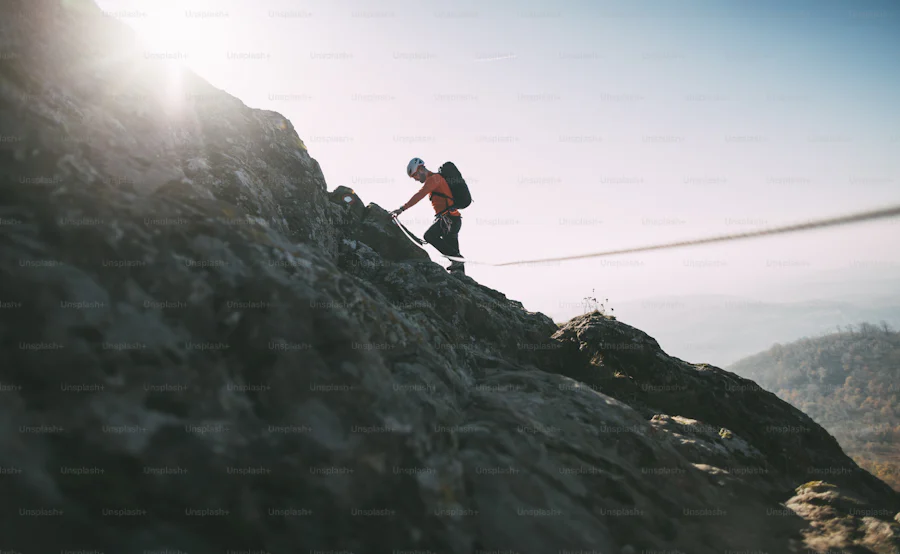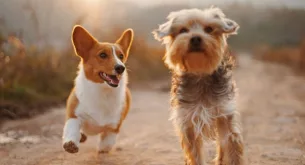It’s either stinking hot or pouring with rain, the bush is so thick it’s hard to spot game, and half the gravel roads are closed, but still I love the Kruger National Park at this time of year.
I can’t complain about my life – I spend six months travelling around Africa writing and six months at home in Australia, but the timing of the release of my books each year means that I miss the dry winter and always end up here for the wet summer.
So it’s just as well I like it.
When the schools go back from Christmas holidays it’s like the entire park and its animal and human residents give a collective sigh of relief.
The impala are sleek and well fed and their babies maturing nicely, the trees are bushy and green and the grass is as high as an elephant’s eye. The pressure’s off the bush and the herbivores, although the predators are now doing it tough and, like the few humans here, have to work hard to find what they’re looking for. The exception seems to be the crocodiles, which loiter with intent in swollen rivers, just waiting for fish to jump down their throats.
Sure, it’s harder to spot game in the summer because of the dense foliage, but if you do see something the odds are that it will be up close – right in your face. We had two leopard sightings in the three days and both of them were on the road, in front of us. They were quick, but exciting. There are no long, boring hours staring at something two hundred metres away through binoculars at this time of the year – it’s short, sharp action or nothing at all.
The bird life at this time of year is sensational. It seems every second tree’s sporting a European Roller; there are killer birdies (I’m hopeless at identifying raptors) everywhere; and the Carmine Bee-eaters are doing a brilliant job of breaking up the otherwise ubiquitous green.
And it’s quiet. Sooooo quiet. The kids are back in school and it’s too hot for the great pensioner migration, which won’t return until the weather cools, later in the year.
There were two other groups camping in Punda Maria when we entered the park, via Pafuri, after driving down from Zimbabwe. There was one other lot of people in Tsendze (still the friendliest camp in Kruger, thanks to its super-keen, super-friendly manager, Rodger Hobyane), and maybe a dozen of the stands were occupied in the Satara camping ground. Yes, a dozen.
The private lodges on the concessions in the park are also quiet and we gladly took up an invitation to stay with a friend at Hoyo Hoyo Tsonga Lodge in the central-western part of the park. There were only two other guests in the lodge, though manager Julius told us they’d had a busy year in 2010 despite the world’s financial woes.
Our guide, Oscar, warned us that he would have his work cut out for him finding game, but that just seemed to make him keener. On our afternoon drive he found seven rhino, buffalo, honey badger, a nice breeding herd of elephants and, when we were nearly home and the chef was hassling him on the radio for an ETA, we came across a lone lioness stalking impala. Oscar told us she had three tiny cubs and she was also having trouble finding game, so we left her to it.
In a typical six-month visit to Africa, Mrs P and I camp for about 22 of those 26 weeks. The rest of the time we’re either in rondavels, bushveld camps or friends’ places. When you spend that much time under canvas (well, nylon, actually), you crave the odd bit of luxury.
Hoyo Hoyo’s traditionally inspired beehive-type huts are mostly thatch, with bricks and mortar down the bottom, and air conditioning inside. It’s more like a hint of tradition with a dollop of mod-cons, but it works. The huts don’t look out of place and they’re comfortable, cool and pampering (for us campers), without feeling like a hotel room that’s been plonked in the bush.
Julius and his sidekick Given seem to really like their jobs – and they also really like scaring their guests. Watch out for the two men in wooden masks who like to welcome returning guests to the lounge area by leaping out of the shadows and giving them a heart attack.
After a night of crisp linen (with “˜good night’ spelled out on the covers in seed pods – cute) and an English as opposed to African-inspired breakfast we were back out in the heat and rain again. But that was OK, too.
Here in Pretoriuskop the camp’s like a ghost town, and the resident impala herd far outnumbers the visitors. They’re looking fine, too. Last night they rounded up their babies and sat them down in a tight little group no more than 15 metres from us as the mums took up guard duty around them.
As I type this, the impala are grazing on the lush lawn and a woodland kingfisher’s doing the occasional kamikaze dive into the puddle that’s formed under the tap in the camp ground. The sky’s overcast, but that means it’s cool. When the sun comes out, you really appreciate it, and when its blinding rays are once more covered by summer clouds, that’s fine too.
Life moves at a slower pace at this time of year. There’s no point setting your alarm for a 4.30 am game drive when you know it’s probably going to be drizzly, but when the sun comes out again this afternoon, as it probably will, we’ll quickly pack the cooler box, jump in the Landy and go out and make the most of it.
This time of year’s not for everyone, but that’s what makes it so good.
What’s your favourite time of year to visit the bush?

